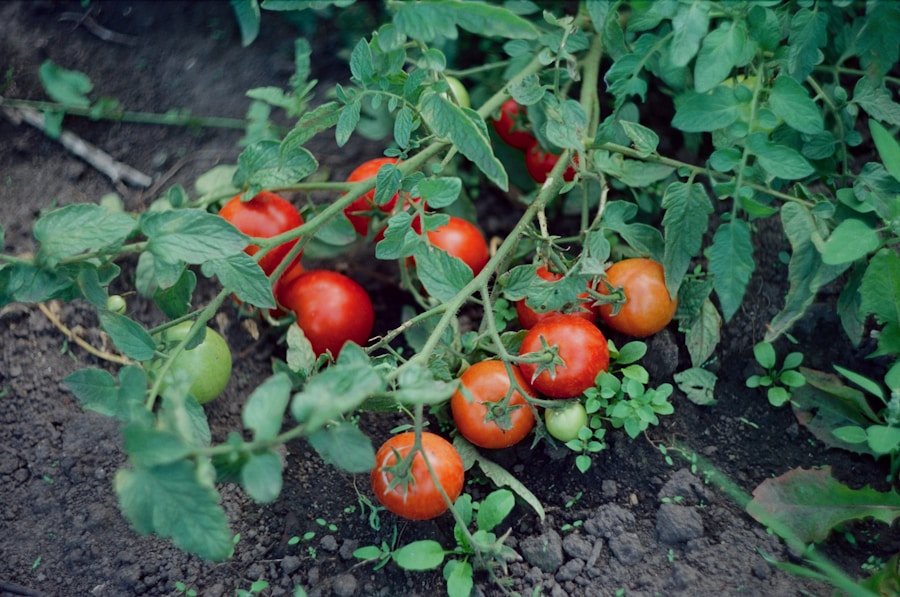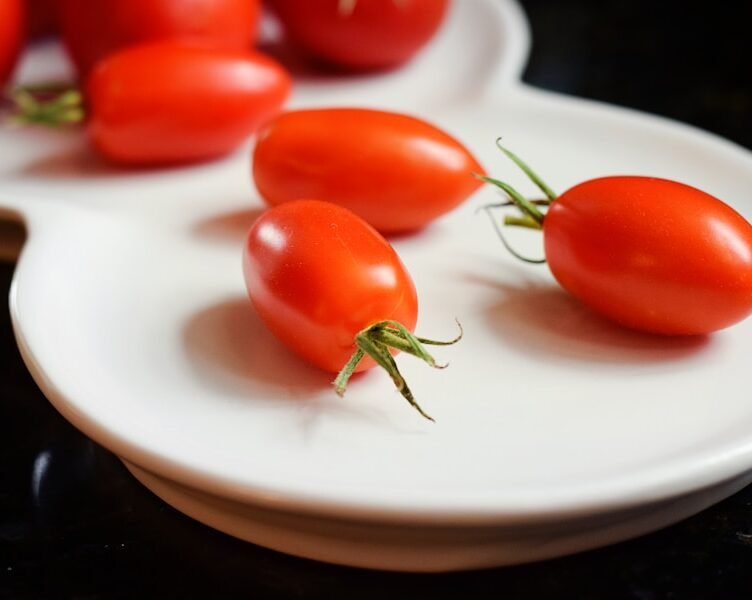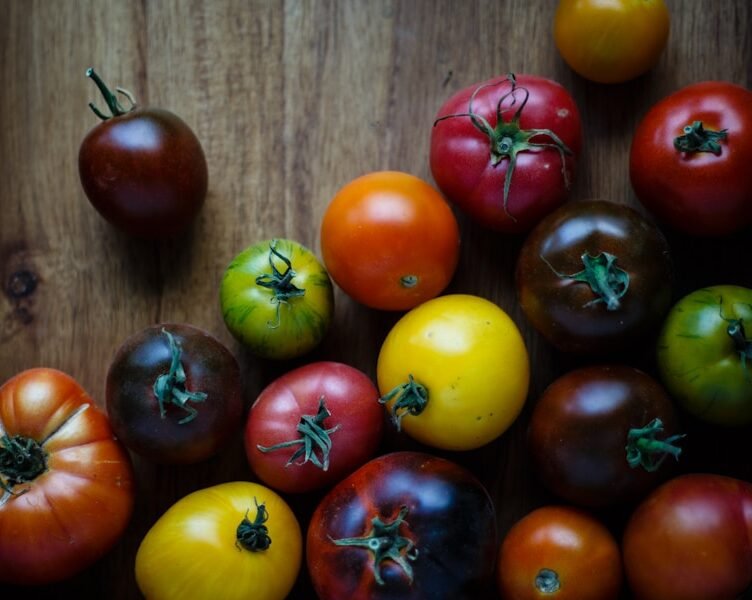Growing fruits indoors can be a rewarding experience, and several popular options thrive in controlled indoor environments. Citrus fruits, such as lemons, limes, and oranges, are well-suited for indoor cultivation due to their tolerance of lower light levels and ability to grow in containers. Strawberries are another popular choice, easily grown in hanging baskets or small pots, requiring minimal care and producing a plentiful harvest of sweet berries.
Fig trees are also a popular option, thriving in containers and producing delicious, sweet figs. Dwarf varieties of apples, peaches, and cherries, as well as tropical fruits like bananas and pineapples, are additional options for indoor fruit cultivation. When selecting fruits to grow indoors, it is essential to choose varieties that are adapted to indoor growing conditions.
Some fruits may require more space, light, or specific conditions that may not be feasible indoors. By selecting the right fruits, you can ensure a successful and bountiful harvest of homegrown fruits.
Key Takeaways
- Popular indoor fruit varieties include strawberries, lemons, limes, figs, and dwarf varieties of apples and peaches.
- Growing fruits indoors allows for year-round access to fresh, organic produce and can save money on grocery bills.
- When choosing fruits for indoor growing, consider the plant’s size, light and temperature requirements, and the amount of care and maintenance it will need.
- Successful indoor fruit cultivation requires providing the right amount of light, water, and nutrients, as well as proper ventilation and pest control.
- To maximize space for indoor fruit cultivation, consider using vertical gardening techniques, hanging baskets, and compact fruit tree varieties.
Benefits of growing fruits indoors
Year-Round Fresh Fruits
One of the primary benefits of indoor fruit cultivation is the ability to enjoy fresh, homegrown fruits year-round. By growing fruits indoors, you can bypass the limitations of outdoor growing seasons and have access to fresh, ripe fruits at any time.
Controlled Growing Conditions
Indoor fruit cultivation allows for greater control over growing conditions, including temperature, humidity, and light levels. This can result in healthier, more productive plants and a higher quality harvest of fruits.
Space-Saving and Exotic Options
Another benefit of growing fruits indoors is the ability to save space and maximize limited gardening areas. Many indoor fruit plants can be grown in containers or small spaces, making them ideal for urban or apartment dwellers with limited outdoor space. Indoor fruit cultivation also provides the opportunity to grow exotic or tropical fruits that may not be well-suited for outdoor growing in certain climates.
Choosing the right fruits for indoor growing
When selecting fruits for indoor cultivation, it’s important to consider the specific requirements and limitations of indoor growing conditions. Certain fruits may require more space, light, or specific growing conditions that may not be feasible indoors. It’s important to choose varieties that are well-suited for indoor growing and can thrive in a controlled indoor environment.
Additionally, consider the size of the mature plant and whether it can be accommodated in your indoor space. Some popular options for indoor fruit cultivation include citrus fruits such as lemons, limes, and oranges, as well as strawberries, figs, dwarf apples, peaches, cherries, bananas, and pineapples. These fruits are well-suited for indoor growing and can thrive in containers or small spaces.
When choosing fruits for indoor cultivation, consider factors such as light requirements, temperature tolerance, and space limitations to ensure a successful and bountiful harvest of homegrown fruits.
Tips for successful indoor fruit cultivation
| Fruit | Growing Conditions | Care Tips |
|---|---|---|
| Strawberries | Direct sunlight, well-draining soil | Regular watering, fertilization |
| Tomatoes | Warmth, sunlight, large pot | Support for vines, regular watering |
| Lemons | Warmth, sunlight, well-draining soil | Regular watering, occasional pruning |
| Blueberries | Acidic soil, sunlight, cool temperatures | Regular watering, acidic fertilizer |
Successful indoor fruit cultivation requires careful attention to growing conditions and plant care. To ensure a bountiful harvest of homegrown fruits, it’s important to provide the right growing conditions and care for your indoor fruit plants. One of the most important factors to consider is light levels, as many fruit plants require adequate sunlight to thrive and produce fruit.
Consider placing your indoor fruit plants near a south-facing window or supplementing with grow lights to provide sufficient light for healthy growth. In addition to light, it’s important to provide the right temperature and humidity levels for your indoor fruit plants. Most fruit plants prefer warm temperatures and high humidity, so consider using a humidifier or misting your plants regularly to create a suitable growing environment.
Proper watering and fertilization are also essential for successful indoor fruit cultivation. Be sure to water your plants regularly and provide a balanced fertilizer to support healthy growth and fruit production.
Popular indoor fruit varieties
There are several popular varieties of fruits that are well-suited for indoor cultivation. Citrus fruits such as lemons, limes, and oranges are popular choices for indoor growing due to their tolerance for lower light levels and ability to thrive in containers. These fruits can produce an abundance of juicy, flavorful citrus fruits when provided with the right growing conditions.
Another popular indoor fruit variety is the strawberry plant, which can be grown in hanging baskets or small pots and produces sweet, delicious berries throughout the growing season. Fig trees are also a popular choice for indoor fruit cultivation, as they can thrive in containers and produce sweet, succulent figs when provided with the right care. Additionally, dwarf varieties of apples, peaches, and cherries are well-suited for indoor growing and can produce a bountiful harvest of delicious fruits when provided with the right growing conditions.
Tropical fruits such as bananas and pineapples are also popular choices for indoor cultivation, as they can thrive in containers and produce exotic fruits when provided with the right care.
Best practices for caring for indoor fruit plants
Lighting Requirements
One of the most important factors to consider is light levels, as many fruit plants require adequate sunlight to thrive and produce fruit. Consider placing your indoor fruit plants near a south-facing window or supplementing with grow lights to provide sufficient light for healthy growth.
Temperature and Humidity
In addition to light, it’s important to provide the right temperature and humidity levels for your indoor fruit plants. Most fruit plants prefer warm temperatures and high humidity, so consider using a humidifier or misting your plants regularly to create a suitable growing environment.
Watering and Fertilization
Proper watering and fertilization are also essential for successful indoor fruit cultivation. Be sure to water your plants regularly and provide a balanced fertilizer to support healthy growth and fruit production.
Maximizing space for indoor fruit cultivation
Maximizing space is an important consideration when it comes to indoor fruit cultivation. Many indoor fruit plants can be grown in containers or small spaces, making them ideal for urban or apartment dwellers with limited outdoor space. When planning your indoor fruit garden, consider using hanging baskets or vertical gardening techniques to make the most of limited space.
Additionally, consider using compact or dwarf varieties of fruit plants that are well-suited for small spaces. Another way to maximize space for indoor fruit cultivation is by using multi-tiered shelving or plant stands to create vertical growing space. This allows you to grow multiple fruit plants in a small area while still providing adequate light and air circulation for healthy growth.
By maximizing space for indoor fruit cultivation, you can enjoy a bountiful harvest of homegrown fruits even in limited gardening areas.
Harvesting and enjoying homegrown indoor fruits
Harvesting homegrown fruits is a rewarding experience that allows you to enjoy the literal fruits of your labor. When it comes time to harvest your indoor fruits, it’s important to do so at the peak of ripeness for the best flavor and quality. Most fruits will change color or soften when they are ripe and ready to harvest, so keep an eye on your plants and harvest fruits as they reach maturity.
Once harvested, you can enjoy your homegrown fruits fresh or use them in a variety of culinary applications such as baking, cooking, or preserving. There’s nothing quite like the satisfaction of enjoying fresh, ripe fruits that you’ve grown yourself. Whether you’re enjoying a juicy orange from your citrus tree or savoring a sweet strawberry from your hanging basket, homegrown indoor fruits offer a delicious reward for your efforts.
In conclusion, growing fruits indoors offers a range of benefits and opportunities for home gardeners. By choosing the right fruits for indoor cultivation and providing the right care and growing conditions, you can enjoy a bountiful harvest of fresh, homegrown fruits year-round. Whether you’re growing citrus fruits in containers or strawberries in hanging baskets, indoor fruit cultivation is a rewarding and enjoyable experience that allows you to enjoy the literal fruits of your labor.
With careful attention to plant care and growing conditions, you can successfully grow a variety of delicious fruits indoors and enjoy the satisfaction of harvesting and enjoying homegrown fruits.
FAQs
What are some popular fruits that can be grown indoors?
Some popular fruits that can be grown indoors include strawberries, lemons, limes, figs, and dwarf varieties of bananas and citrus fruits.
What are the benefits of growing fruits indoors?
Growing fruits indoors allows you to have access to fresh, homegrown produce year-round, regardless of the outdoor climate. It also provides a fun and rewarding hobby for many people.
What are the key factors to consider when growing fruits indoors?
Key factors to consider when growing fruits indoors include providing adequate sunlight, proper watering and fertilization, maintaining the right temperature and humidity levels, and choosing the right container and soil for the specific fruit plant.
Can any fruit be grown indoors?
While many fruits can be grown indoors, some may require more space, sunlight, or specific growing conditions than can be provided indoors. It’s important to research the specific needs of each fruit plant before attempting to grow it indoors.
What are some tips for successfully growing fruits indoors?
Some tips for successfully growing fruits indoors include choosing the right location with adequate sunlight, providing proper drainage for the plants, using high-quality soil and fertilizer, and regularly monitoring the plants for pests and diseases.






